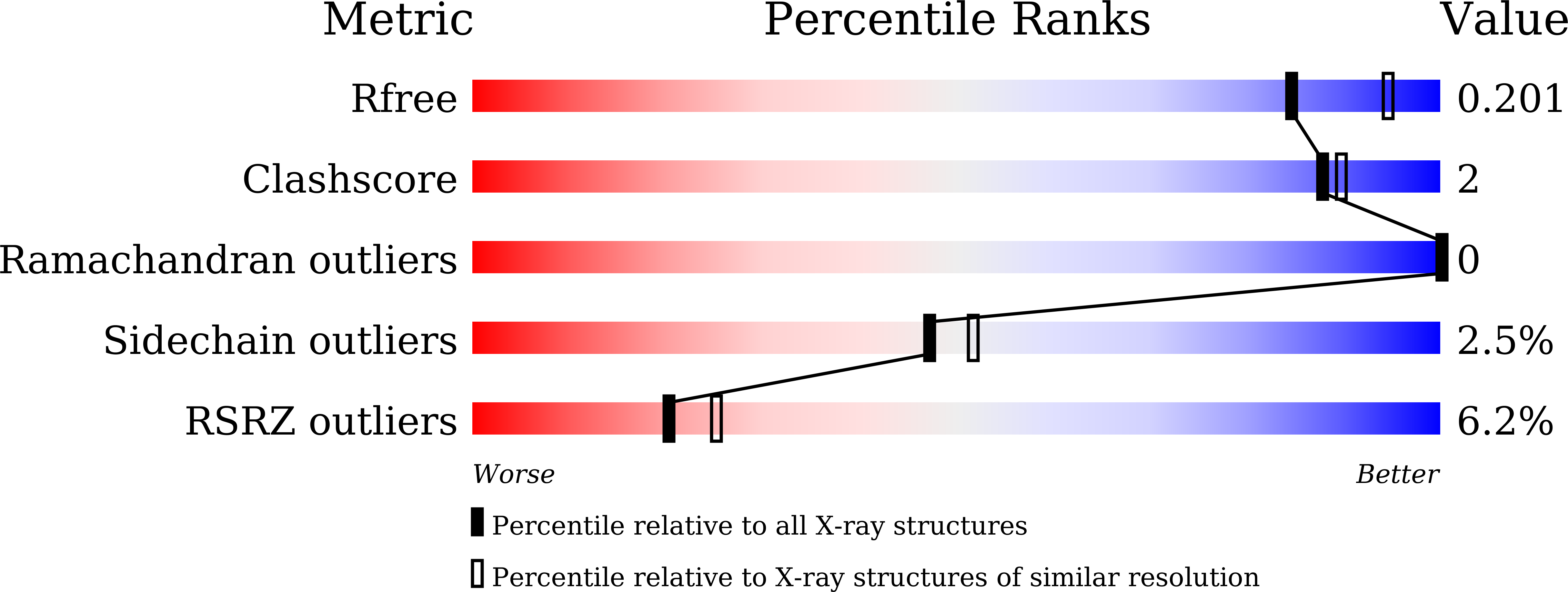
Deposition Date
2021-03-02
Release Date
2021-05-26
Last Version Date
2024-11-20
Entry Detail
PDB ID:
7E8M
Keywords:
Title:
Crystal structure of SARS-CoV-2 antibody P2C-1F11 with mutated RBD
Biological Source:
Source Organism:
Severe acute respiratory syndrome coronavirus 2 (Taxon ID: 2697049)
Homo sapiens (Taxon ID: 9606)
Homo sapiens (Taxon ID: 9606)
Host Organism:
Method Details:
Experimental Method:
Resolution:
2.09 Å
R-Value Free:
0.19
R-Value Work:
0.16
R-Value Observed:
0.17
Space Group:
C 1 2 1


